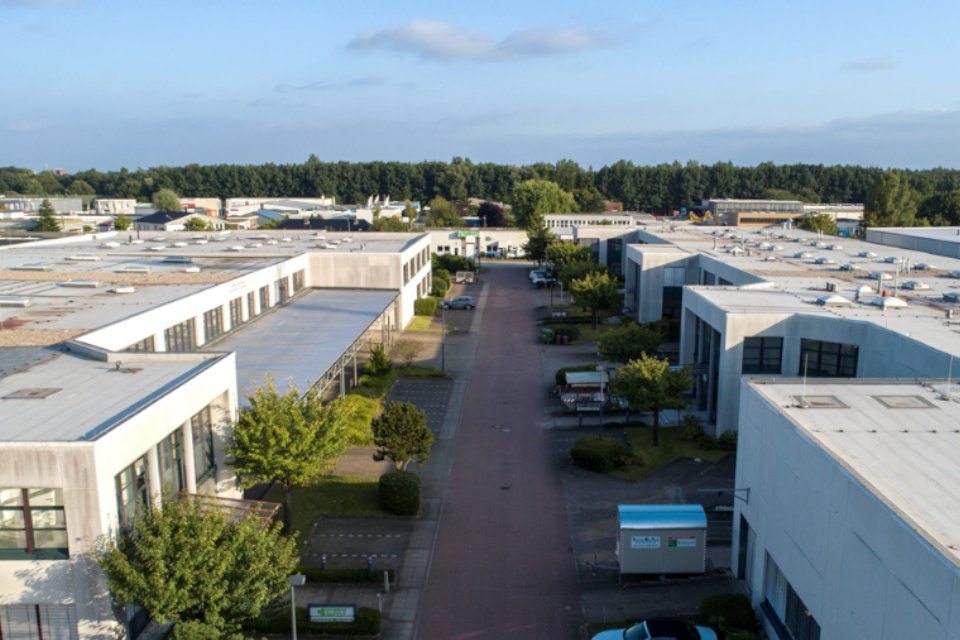US Tariffs trigger global shift and open doors for SA Property
Top Takeaways
- New US tariffs pressure South Africa’s exports and economic growth
- Real estate faces liquidity strain but shows resilience through rental demand
- Global capital is diversifying away from the US, benefiting alternative markets
The United States' decision to implement a 30% tariff on all South African imports starting 1 August 2025 is expected to hit key industries hard, but may also unlock long-term opportunities for diversification and renewed investor focus on South Africa’s property sector.
Denese Zaslansky, CEO of FIRZT Realty Group, says that while short-term effects will include economic slowdown and weakened demand in some property segments, the bigger picture could prove far more strategic.
“An economic slowdown and job losses in export-heavy sectors like agriculture, automotive and mining will undoubtedly put pressure on residential and commercial property demand,” she says. “But this pressure may be short-lived as South African businesses pivot toward new markets.”
Indeed, the economic ripple has already begun: GDP growth forecasts have been revised down from 1.5% to 1.2%, and the Rand has weakened by around 1% since the announcement. These factors typically signal tightening demand in the property space, slower transactions, and greater liquidity stress for sellers and agents.
From Challenge to Catalyst: A Global Repositioning
Zaslansky notes that many exporters have already started shifting focus beyond the US, opening new trade routes via the African Continental Free Trade Agreement (AfCFTA), and strengthening ties with G20, BRICS+, and Commonwealth nations.
This is echoed by global financial strategist Nigel Green, CEO of deVere Group, who says the broader trend is accelerating:
“Donald Trump’s fresh threat to slap an additional 10% tariff on any country backing the BRICS alliance is accelerating a decisive shift among global investors,” says Green. “This policy is confirmation of a growing narrative that the US is drifting toward economic isolation. Investors are reacting not with panic, but with reallocation.”
As capital diversifies away from the US, South Africa may increasingly benefit from renewed foreign interest, not just in trade, but in real estate.
Stabilising Demand and New Investment Flows
Despite the disruption, Zaslansky points to sustained foreign investor activity in South African real estate. Rental portfolios and luxury properties remain in demand as supply constraints persist and renting becomes the only viable option for many locals.
Remote work and global hiring trends are also playing a role. “Skilled South Africans are now working for global firms without emigrating,” she explains. “That’s reducing outflows and supporting demand for stable housing in key metro areas.”
The Way Forward: Build Resilience, Diversify Exposure
As global markets recalibrate, the role of property as a stable, inflation-hedged asset class becomes even more pronounced. Zaslansky believes that South African investors, developers, and brokers must start thinking more globally, not just in terms of risk, but opportunity.
Nigel Green says, “The world is responding to US economic aggression by building its defences. That includes trading less in dollars, investing less in US bonds, and forging new partnerships. This isn’t a future risk, it’s already happening.”
Conclusion
While new US tariffs threaten to disrupt South Africa’s short-term economic momentum, they may also serve as a catalyst for long-overdue structural diversification.
This could be an invitation for both local and international investors to reconsider South African real estate as a strategic hedge in an increasingly uncertain global environment.






.avif)

.avif)


.avif)

.avif)




.svg)


.avif)

.avif)







%20.avif)








.avif)
%20.avif)
